How Do Interior Designers Use Marble?

How to Remove Stains from Italian Marble?
June 28, 2024Marble has been time-endorsed for its everlasting grace, luxurious charm, and greatly praised element of any interior designer.
Be it any historic, overwhelming architecture or a contemporary chic interior, it never fails to mesmerize people due to its veining and natural grace.
The article will explain how marble is used by interior designers, addressing common customer queries, and why Bhutra Marble & Granites Kishangarh is the foremost location to buy marble.
Applications of Marble in Interior Design
1.Flooring
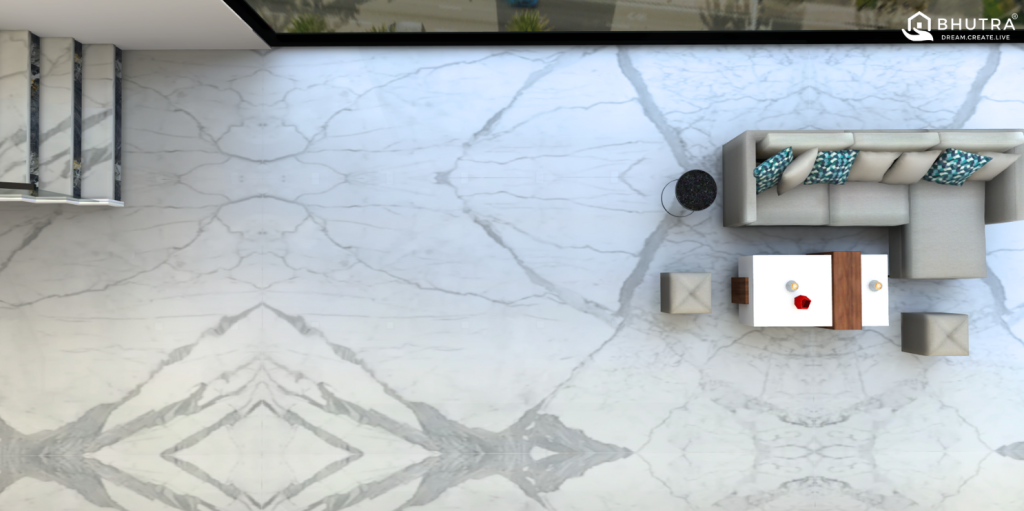
Marble flooring portrays luxury and sophistication. Interior designers mainly use marble in high-traffic areas such as a living room, hallways, and foyer since it is very durable and it has great appearance. Marble tiles come in various finishes, such as polished for that high gloss finish or honed for a more subdued matte finish.
2. Countertops
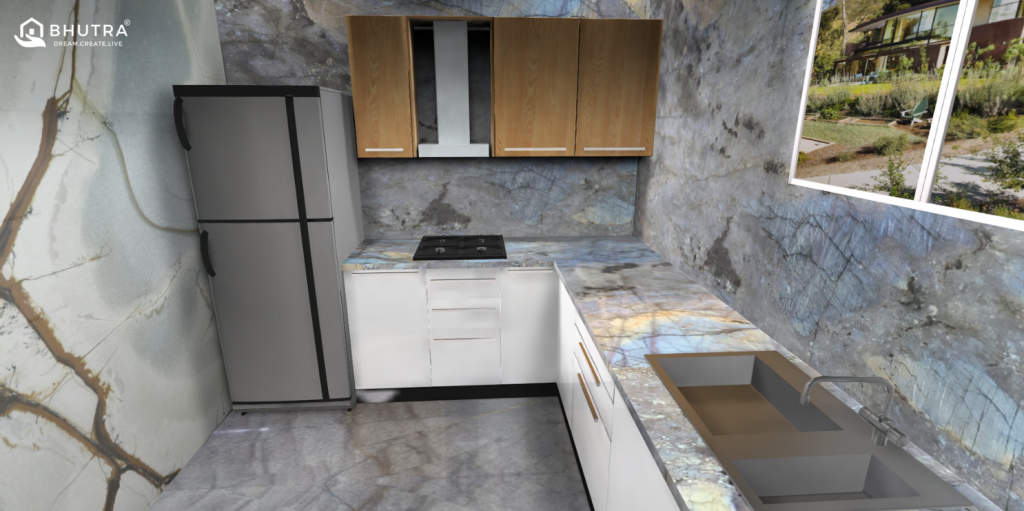
Marble is used as a countertop in all kitchens and bathrooms. It is heat-resistant, and it comes in varied patterns. Therefore, designers prefer marble for functionality and aesthetic purposes and pick marble with unique veining patterns for statement purposes.
3. Wall Cladding

Marble used for wall cladding gives the space a touch of luxury. Mostly, it applies in bathrooms, on feature walls, and around a fireplace. Marble slabs or tiles turn ordinary walls into breathtaking focal points.
4. Staircases

Marble staircases spell grandeur. Designers prefer marble to create continuous, sleek stairways that fit into traditional as well as contemporary interiors.
5. Furniture
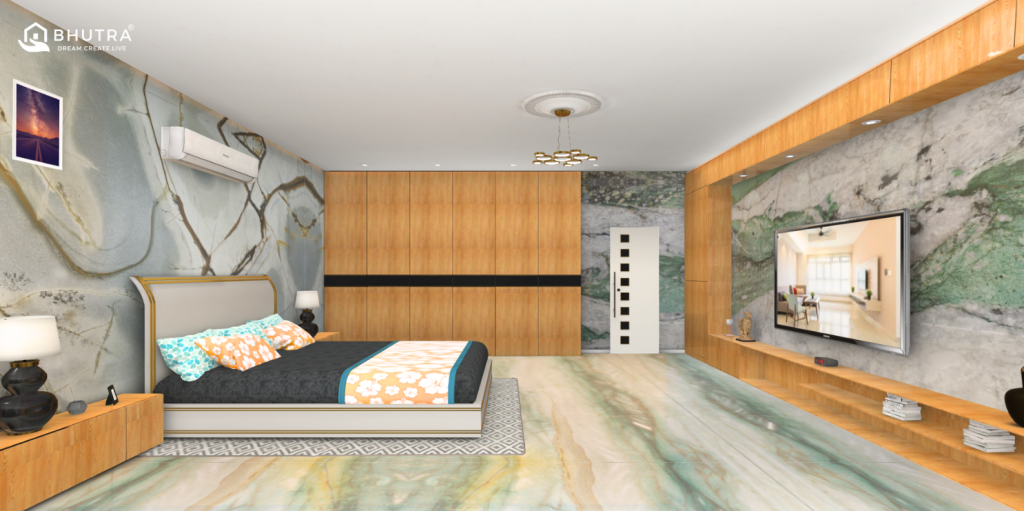
Marble is being increasingly put to use in designs of furniture, from coffee tables and side tables to console tables. This makes the furniture functional art and takes sophistication to any room.
| 📱ENQUIRY! Send Your Inquiry Directly on WhatsApp |
Benefits of Using Marble in Interior Design

Marble is a material used in interior design for ages. Its unparalleled beauty and versatile nature make it highly preferred. Here are some of the key benefits of using marble in interior design:
- Aesthetic Appeal
Marble is a stone that combines beauty and elegance. Having different veins in each piece, with variations in color, it gives individuality to any space. From the classic white Carrara marble to bold and dark Nero Marquina, marble is suitable for a rather wide spectrum of styles, from traditional to modern. - Durability
It is also highly durable and ideal for areas with maximum traffic, such as entryways, hallways, and living rooms. A well-sealed and well-maintained marble surface graciously outlives for decades without losing its brand-new looks. - Timelessness
The timeless quality of marble is one that transcends any era. This classic beauty simply translates to its always being in style for interior design and adds value over time to the property. There is usually a perception that spaces that include marble№№ are more luxurious and sophisticated. - Versatility
Marble is a very versatile material that can be used for flooring, countertops, wall cladding, and even furniture. Its huge usage makes it fit for any design project—kitchens, bathrooms, living areas, or any other workspace. - Heat Resistance
Since marble is heat-resistant, it serves very well on kitchen countertops or fireplace surrounds. This just means that marble surfaces will not get spoiled by exposure to high temperatures. - Natural Coolness
Marble feels cool to the touch and can be an extra blessing in hot climates. This characteristic of marble makes flooring very ideal to have in homes, especially in hot regions of the world; thus, people may find it refreshing to walk on at all times. - Can Be Cleaned Easily
Marble surfaces are easy to clean and maintain. With most marble, all it needs is the swipe of a mild, pH-neutral cleaner. Not only that, periodic sealing also minds stains and etching. - Light Reflectivity
The natural reflective surface of marble, like a mirror, gives it the ability to reflect light. Hence, when in a room, it makes the lighting further radiative, which can create brightness and space in smaller or dimly-lit rooms. - Property Value Enhancement
Marble used in interior designs tends to enhance the value of the property as a whole. The perception of marble as a luxurious material takes a prospective buyer’s mind to a higher level of preference for a particular property over others on the real estate market. - Endless Design Flexibility
It can almost meet any design needs with marble, since it is possible to cut it into any shape and size and finish in different textures. This makes it possible for the designer to come up with customized products that turn out to be exactly what was envisioned.
| 📱ENQUIRY! Send Your Inquiry Directly on WhatsApp |
Is Marble Suitable for High-Traffic Areas?
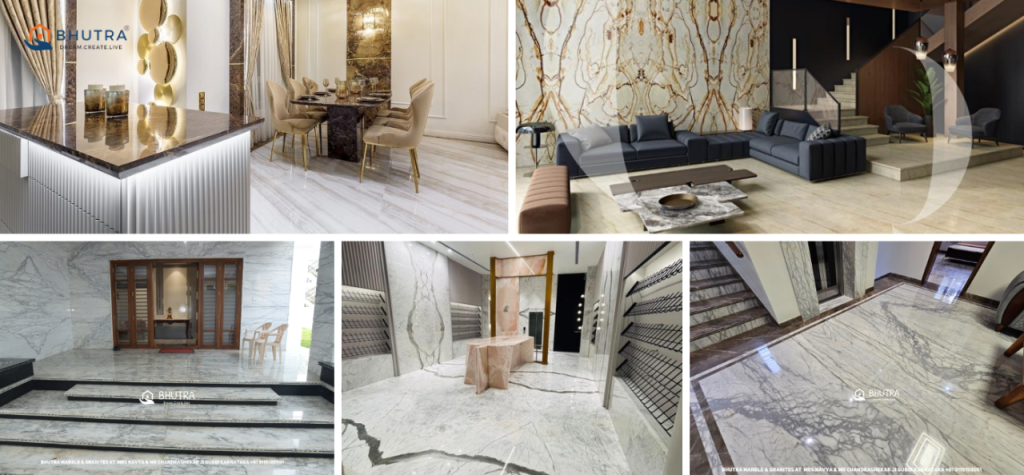
Marble is even appropriate for the highest traffic areas if properly specified, installed, and maintained through:
- Durability: While marble is indeed durable to any surface it does not possess the hardness of granite; as such this makes it susceptible to scratching and etching when not appropriately maintained. For those high traffic areas and situations go for the harder, more resilient types of marble like Carrara or Calacatta.
- Polished Finish: A high-gloss look, but can be slippery and shows scratches more easily. Honed Finish: A matte look but one that is more resistant to scratching and etching than polished marble; an excellent choice for high-traffic areas. Tumbled Finish: Give a textured, slip-resistant surface that’s good for entryways and bathrooms.
- Maintenance: Sealing regularly helps to protect from staining and etching. Cleaning: Use pH-neutral cleaners and abstain from the direct use of harsh chemicals. Preventative measures: Rugs, mats, and furniture pads will help limit wear and scratching.
Immediate Cleanup of Spills: Protect the surface from stains because spills should be blotted immediately. - Decorative Value: Marble is quite an expensive material for places used to have a lot of traffic because most areas like hallways, kitchens, and entryways are added with beauty and decorated by.
| 📱ENQUIRY! Send Your Inquiry Directly on WhatsApp |
What Are the Cost Considerations for Using Marble?
Using marble in interior design has several cost considerations. The factors that can affect the overall expense include the following:
Type of Marble: There are different types of marble, and each is differently priced. More commonly used marbles are reasonably priced, like Carrara, while exotics like Calacatta and Statuario are very expensive; their price ranges from INR 250 to INR 2500 per square foot.
Grade and Quality: The marble is then graded for its quality, thus:
- Grade A: High-quality, very light defects; this grade can be the most expensive in price.
- Grade B: Few defects, but it is still good quality.
- Grade C and D: More defects and lower quality; these grades are cheaper.
Finish: This also affects the price of the marble. Thus:
- Polished: High polish, normally bearing the highest price due to extra processing.
- Honed: Matte or flat, which brings the cost a little lower compared to polished.
- Tumbled: textured finish, can command a premium since it is labor-intensive.
Thickness: Thicker marble slabs are costlier than their thinner counterparts. The usual thicknesses are 18 mm and 20 mm.
Size and Customization: When it comes to customizing marble slabs or making detailed cuts, this raises the price. Larger slabs and intricate designs need more effort and precision, hence a higher price.
Installation Costs: As with marble, professional installation is important and might run very expensive because of the intensive skill and precision involved. The installation cost includes labor, adhesives, and other extra material that might be needed.
Maintenance Costs: The marble needs constant maintenance so that it is able to preserve its beauty and durability. These INCLUDE:
- Sealing: Several sealing of stone against stains and etching
- Cleaning: Specialized cleaners and maintenance products to keep each type looking its best
- Repair: Significant repair costs for chips, cracks, and the stains.
Transportation: The cost of transportation adds up quickly when sourcing marble from far away. Make sure to add in the shipping and handling fees.
| 📱ENQUIRY! Send Your Inquiry Directly on WhatsApp |
Can Marble Be Used in Modern Interiors?

Absolutely, marble will make for a great addition to modern interiors. The timeless elegance and versatility of marble make this material a favorite choice for contemporary design. Here is how marble can find beautiful expression in modern interiors.
A Minimalist Aesthetic: The modern design often assumes a minimalist approach characterized by clean lines, plain forms, and uncluttered spaces. Marble, owing to its natural beauty and unsubtle veining, fits well into this aesthetic.
- Marble Countertops: Sleek marble countertops in kitchens and bathrooms create a clean, modern appearance.
- Flooring: Large marble tiles with not-too-big grout lines create a seamless look and feel of an expansive plane.
Contrasting Elements: Modern interiors often incorporate contrasting elements as a way to add visual interest to the space.
- White and Black Marble: White marble, when combined with some dark element such as cabinetry or fixtures, may make striking contrast.
- Mix it up: Pairing marble with some modern materials like glass, steel, or wood will create a perfect balance.
Open Spaces: Instantly, a modern interior celebrates the look of openness, where marble may become very helpful in the area.
- Open-plan living spaces: Marble flooring can bind open-plan areas into cohesion while also adding that touch of luxury.
- Feature walls: Marble will become an instant focal point when used on the embellishment of either a living room or a bedroom, bringing depth into modernist simplicity.
Statement Pieces: Modern design prefers fewer but more impactful elements.
- Marble Furniture: A marble top coffee table, dining table, or even a side table could be that very statement element of a modern interior space.
- Marble Accents: Less looming marble accents, such as vases, trays, and lamp bases, can set an air of elegance without overwhelming the space.
Neutral Color Palettes: Modern interiors often feature neutral color palettes that have pops of color.
- Natural Hues of Marble: Marble’s natural hues from immaculate whites and greys through to darker tones of blacks and greens mingle so well with neutrals.
- Subtle Veining: Veining residing in marble breaks up the neutral, visually overwhelming palette without breaking the serene ambiance.
Functional Art: Another way marble in contemporary interiors works is as functional art.
- Marble sinks and bathtubs could be sculptural units that introduce the element of luxury into bathrooms.
- Marble shelving: Floating marble shelving stages can offer functional storage space but are also held as an art piece.
Innovative Uses: Modern design fosters innovative and ingenious uses of materials.
- Backlit Marble Panels: Used to create a dramatic effect by using backlighting to bring out the beauty of the stone.
- Geometric patterns are so common in interior design today. This, too, can be worked on using marble, with its geometric tile patterns, to make it ultramodern.
| 📱ENQUIRY! Send Your Inquiry Directly on WhatsApp |
Conclusion
Marble is timeless, considered integral to interior design, and smothered with admiration for grace, strength, and versatility. Marble is used for exquisite flooring, countertops, walls, and furniture that bring luxury and value to any space by interior designers.
For those who wish to use marble in their designs, Bhutra Marble & Granites Kishangarh is the destination that would help one choose from a wide variety of marbles of top quality at very competitive prices with expert guidance on your side.
Visit Bhutra Marble & Granites, Kishangarh, for excelled quality marbles and let designers inlay them rhythmically into your interiors so that they turn timeless, beautiful, and sophisticated.
| 📱ENQUIRY! Send Your Inquiry Directly on WhatsApp |

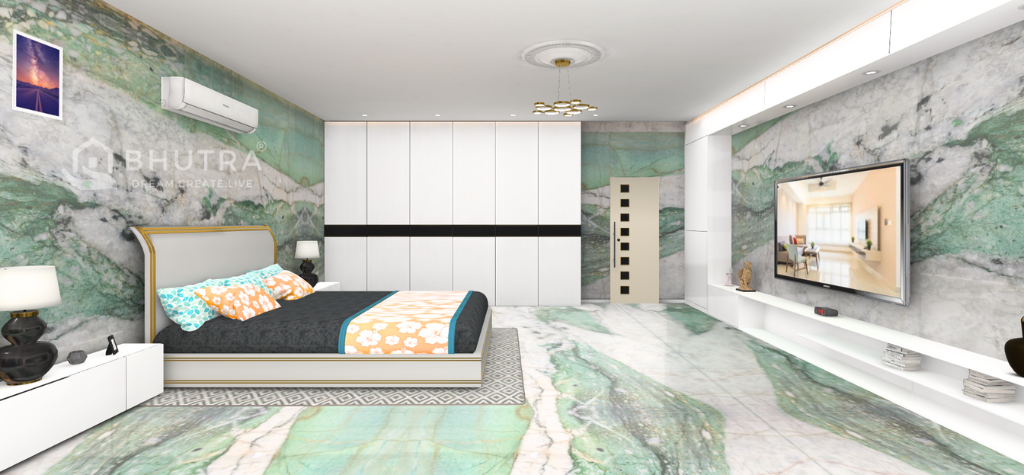
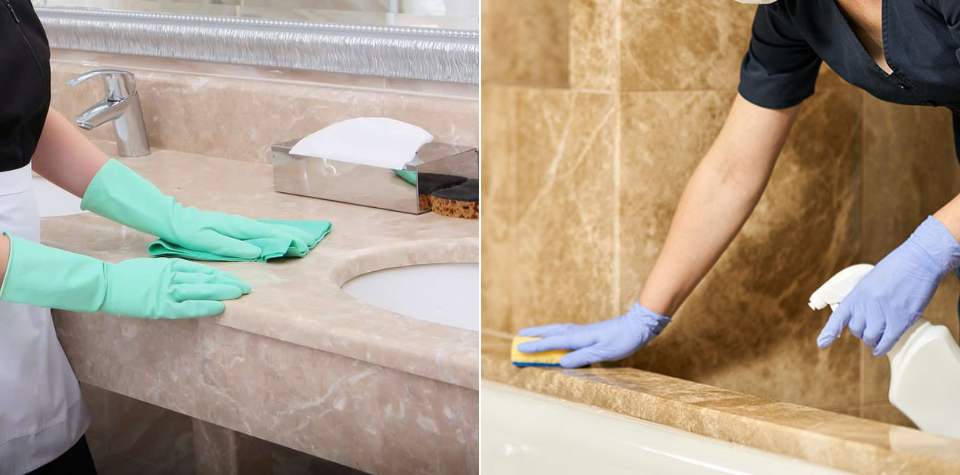


 WhatsApp
WhatsApp